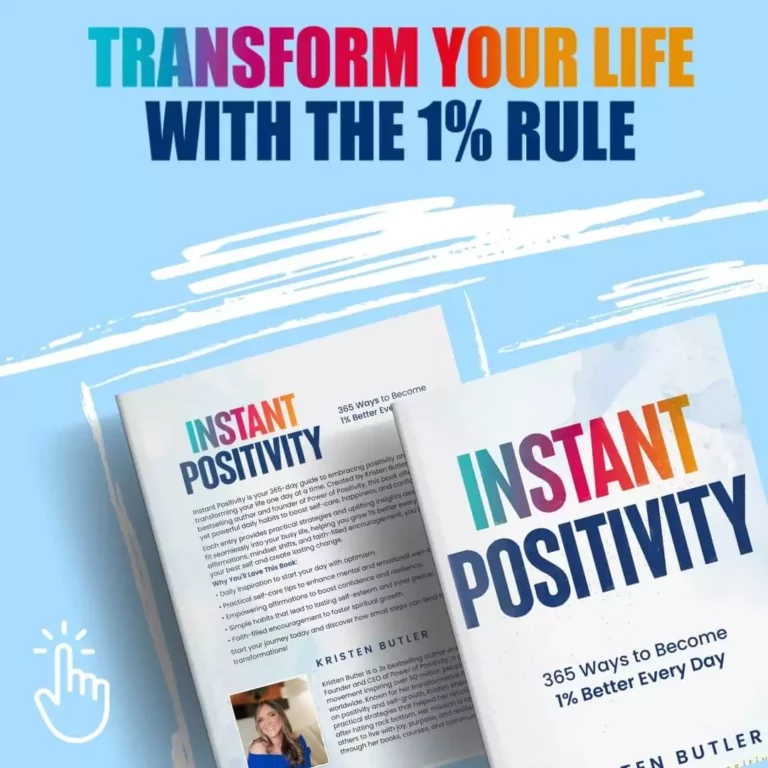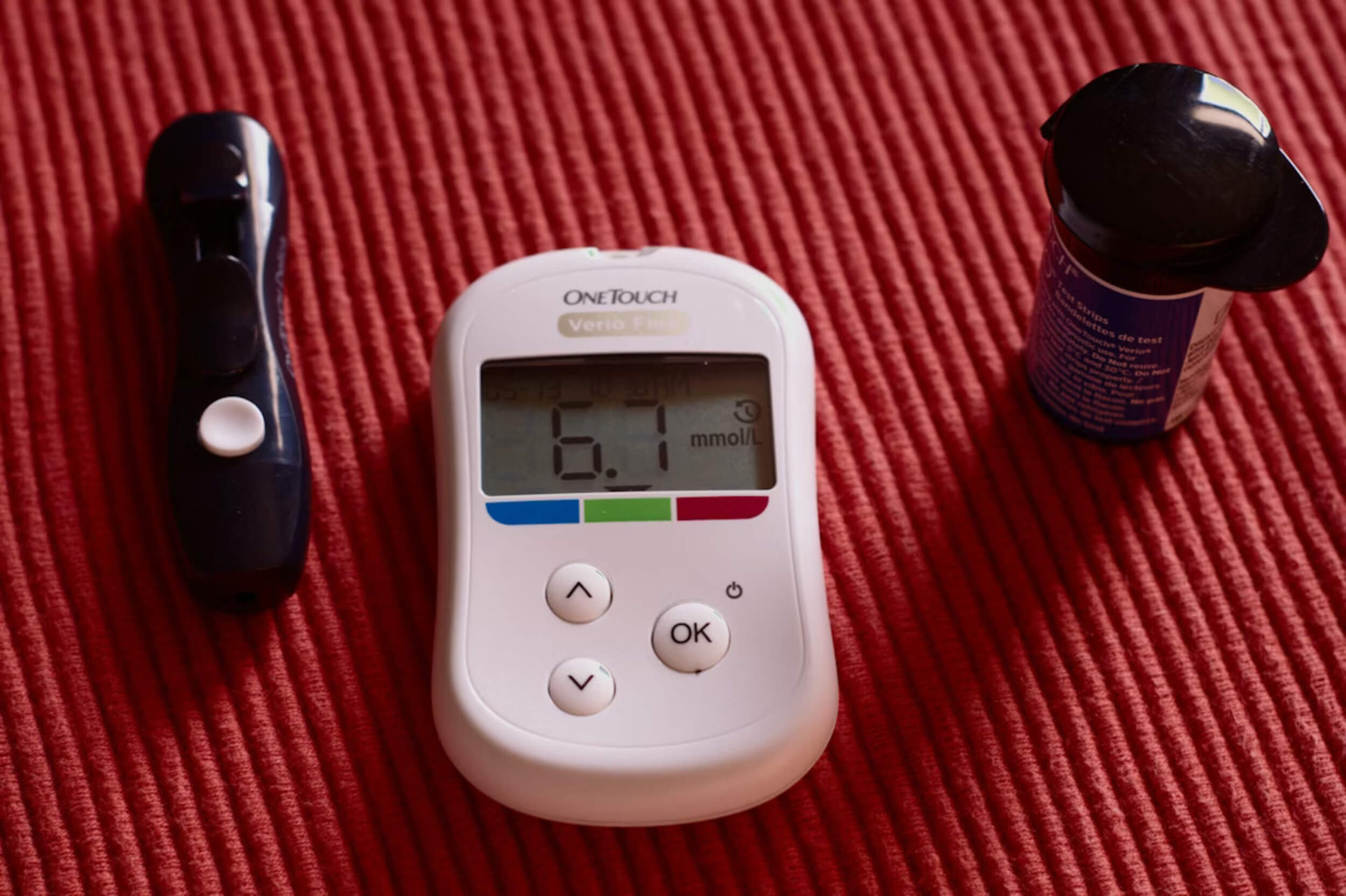Everyone feels angry now and then—it’s a normal part of being human. The problem starts when that anger takes over and leads to words or actions we regret later. A heated reaction can hurt relationships, create stress, and even affect health if it becomes a pattern.
Small, simple steps can stop that from happening. Quick anger management habits work like safety valves, helping you calm down before things get out of hand. A pause to breathe, a short walk, or even a shift in tone can make a huge difference in the moment.
Instead of letting frustration spiral, these techniques give you a way to take back control fast. They’re easy enough to use anywhere—at work, at home, or in traffic. Cooler heads don’t just avoid problems; they handle challenges with more clarity and better outcomes.
Understanding Anger Before You Control It
Anger is not just a feeling in your head. It’s a mix of body reactions and thought patterns that show up when something feels unfair, stressful, or threatening. Knowing what’s really happening inside you is the first step before any quick anger management tip can work.
What Anger Looks Like in the Body
- Heart beats faster.
- Jaw tightens or teeth clench.
- Shoulders and muscles feel tense.
- Breathing gets short and sharp.
What Happens in the Mind
- Thoughts race and focus on the problem.
- Small issues feel bigger than they are.
- Logic often takes a back seat to emotion.
Why the First Few Seconds Count
There’s a short “reaction window” where anger either calms down or explodes. Acting in that small space makes the difference between handling the moment well or saying something you regret. Quick anger management habits work best right here—before the fire spreads.
Quick Anger Management Tips That Stick
1. Step Back Before You Speak
The fastest way to avoid regret is to pause before opening your mouth. Words spoken in anger can cut deep, and once they’re out, you can’t take them back. A simple countdown method—like slowly counting to five or ten—gives your brain space to catch up with your emotions. This short break helps reframe what you want to say and often takes the edge off. Even a few seconds of silence can lower the chance of arguments escalating. Think of it as pressing a reset button before reacting. Over time, this small habit makes it easier to handle heated moments without damaging your relationships.
2. Use Your Breath as a Reset Button
Breathing is one of the simplest tools for calming anger. Slow, deep breaths send a message to the body that it’s safe to relax. One effective method is “box breathing”: inhale for four counts, hold for four, exhale for four, and pause for four. Another option is the 4-7-8 method, where you inhale for four, hold for seven, and exhale for eight. Both techniques bring your focus back to your body and away from the trigger. By steadying your breath, your heart rate slows, your muscles loosen, and your thoughts become clearer. This practice works anywhere—at work, in traffic, or during family stress.
3. Walk It Off—Literally
Anger fills the body with adrenaline, and one of the best ways to release it is through movement. A short walk, even just around the block, gives the body a chance to burn off that extra energy. As you move, your breathing steadies, and your mind shifts away from the heated moment. Bonus points if you can step outside—fresh air, sunlight, and a change of scenery can lift your mood almost instantly. Physical activity doesn’t have to be long or intense; even five minutes helps. This simple action creates space to return to the situation calmer, with more control over your reaction.
4. Identify the Real Trigger
Often, the thing that sparks anger isn’t the true source of frustration. Maybe you’re tired, stressed from work, or carrying something that has nothing to do with the current situation. A quick way to figure it out is to ask yourself: “What’s really bothering me right now?” That one question can separate the actual problem from the person in front of you. For example, irritation over dirty dishes may actually be about feeling unappreciated. Spotting the real trigger makes it easier to respond fairly instead of lashing out. Self-awareness is like shining a light on the root cause.
5. Change Your Tone on Purpose
Your voice can either calm a tense moment or fuel the fire. Lowering your tone and slowing down your speech often has a surprising effect—not only does it help you feel calmer, but it also lowers the intensity of the conversation. People naturally mirror the energy they hear, so choosing a softer voice sets a different tone for everyone involved. This takes practice, especially when emotions are strong, but even trying to speak slower can make a difference. Over time, it becomes a natural habit that prevents conflicts from spiraling out of control.
6. Use Humor (Without Mocking)
A genuine laugh can break tension in seconds. Humor shifts the focus from anger to something lighter, helping everyone take a breath. The key is to use humor kindly, never sarcastically or at another person’s expense. It might be as simple as making a small, playful comment or smiling at the situation. Even forcing a gentle smile can change your body chemistry and ease the intensity of your feelings. When handled carefully, humor reminds both sides that the issue may not be as serious as it feels in the moment. It’s like letting some air out of a balloon before it bursts.
7. Write It, Don’t Shout It
Putting thoughts on paper is a safe way to let out frustration without causing damage. Writing down what you’d like to say, unfiltered, gives emotions an outlet and stops them from staying bottled up. One quick trick is to set a timer for three minutes and write freely without editing or holding back. Once it’s out, you can look at the words with clearer eyes and decide if it’s worth saying out loud—or if you’ve already released the pressure by writing. Journaling can also show patterns over time, helping you spot what triggers your anger most often.
8. Cool Your Body, Calm Your Mind
Physical heat often fuels emotional heat. Cooling your body can quickly reduce the intensity of anger. Try splashing cold water on your face, holding an ice cube in your hand, or sipping something chilled. These small sensory shifts tell the brain to calm down. Even lowering the room temperature or standing in front of a fan can make a difference. Cooling the body interrupts the cycle of tension and makes it easier to think clearly. This approach works especially well when anger feels overwhelming and you need an immediate physical reset.
9. Use a Grounding Technique
When anger takes over, the mind can spiral into “all or nothing” thinking. Grounding techniques bring you back to the present moment. One simple method is the five-senses scan: notice five things you can see, four things you can touch, three you can hear, two you can smell, and one you can taste. Shifting attention this way pulls the brain away from the loop of angry thoughts. It’s a quiet but powerful method to steady yourself, especially in stressful places like work meetings or family gatherings. Staying grounded gives you control where you need it most.
10. Know When to Step Away
Sometimes the smartest move is to leave the situation for a while. Stepping away is not the same as avoiding conflict—it’s choosing to cool off before continuing. Walking out of the room, taking a break, or saying, “I need a moment” creates space for calmer thinking. The key is to return later when you’re able to handle the issue without exploding. This habit often prevents arguments from growing into bigger fights. It also shows maturity, because it takes strength to admit when you need time to settle down.
Final Thoughts on Keeping Cool Under Pressure
Anger won’t disappear completely—it’s part of life—but it doesn’t have to control you. Simple habits like pausing, breathing, moving, or even smiling can change how situations play out. The more you practice these small steps, the easier they become to use when you need them most. Over time, quick tools turn into everyday habits that protect your peace, strengthen relationships, and give you more control. Cooler heads really do win, and with the right actions, you’ll find it easier to keep calm and move forward in healthier ways.















